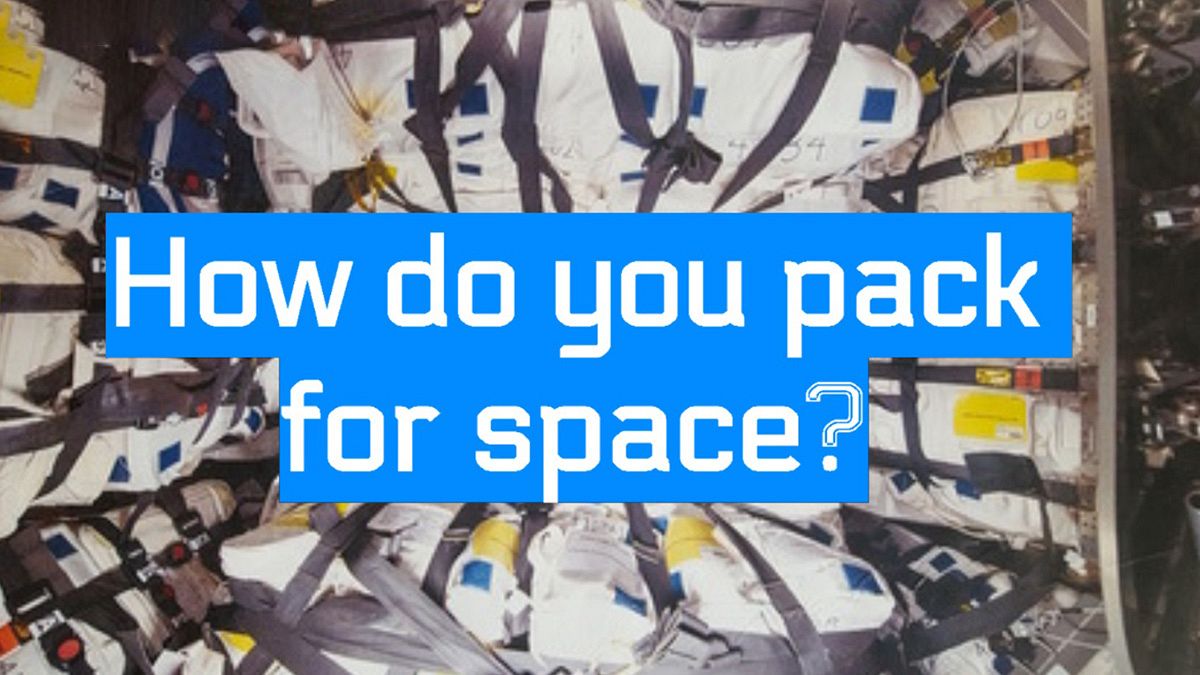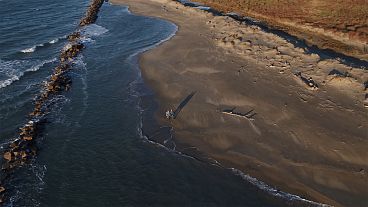We've got the inside track from Thales Alenia Space, the firm that makes the cylindrical Orbital ATK Cygnus resupply ship for the International Space Station.
Packing can be tricky at the best of times – we’ve all had the ‘shampoo bottle leaked in my suitcase’ moment – and packing for space is even trickier.
We spoke to ace space packer Tiziano Pegorin about how supplies are shipped to the International Space Station so that they survive extreme vibration during lift-off, high-Gs and weightlessness.
Pegorin is Production and Technologies Director at Thales Alenia Space in Turin, Italy, the company that makes the pressurised cargo module for Orbital ATK’s Cygnus space freighter. It’s the shiny metal tube that takes food, water, air, clothes, experiments and space gear to the ISS on a regular basis. He laid down the rules of packing for space.
Step 1 – Inventory
The astronauts tell the folks on the ground what they need to be delivered in the next launch. Astronauts at the ISS provide a list with the supplies they will need by the time the next launch is scheduled. These supplies may include food, water and scientific material for their experiments.
Step 2 – Weighing
All the items on the list are measured and weighed, making sure they don’t surpass Cygnus’ payload capacity, which totals 3,500kg. Every kilo launched to space costs well up to 20,000 euros, so every gramme counts.
Step 3 – Packing
Bags and foams are then precisely tailored to be wrapped perfectly around each item. The packaging isn’t your normal bubble wrap. It’s space-qualified plastic material that can sustain extreme temperatures and doesn’t release gases that may be harmful to the astronauts on orbit. Depending on the fragility of the items going into space, more than half of Cygnus volume capacity of 27m3 may be filled by these protective layers of packing materials.
Step 4 – Loading
Once the items are wrapped in foams and inserted into the bags, they are carefully placed inside Cygnus. The module has slings, or belts, that attach the goods firmly to the structure preventing them from moving too much during launch.



